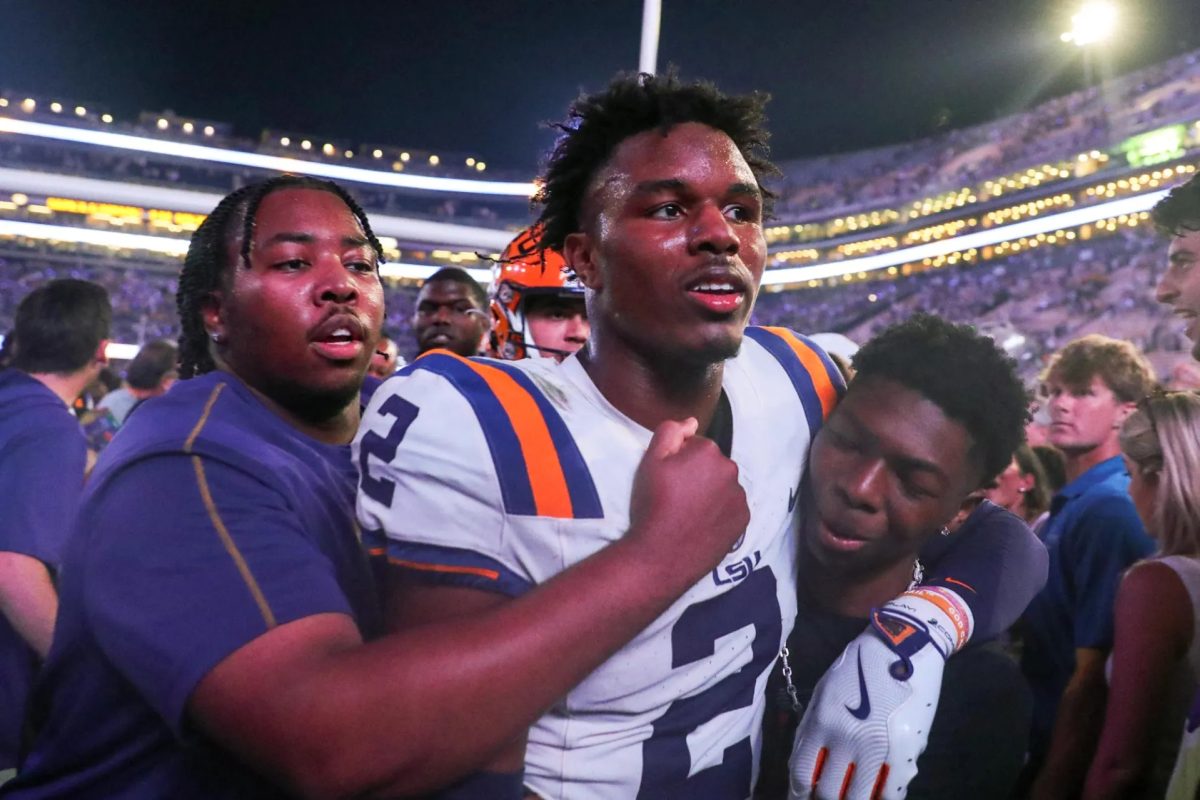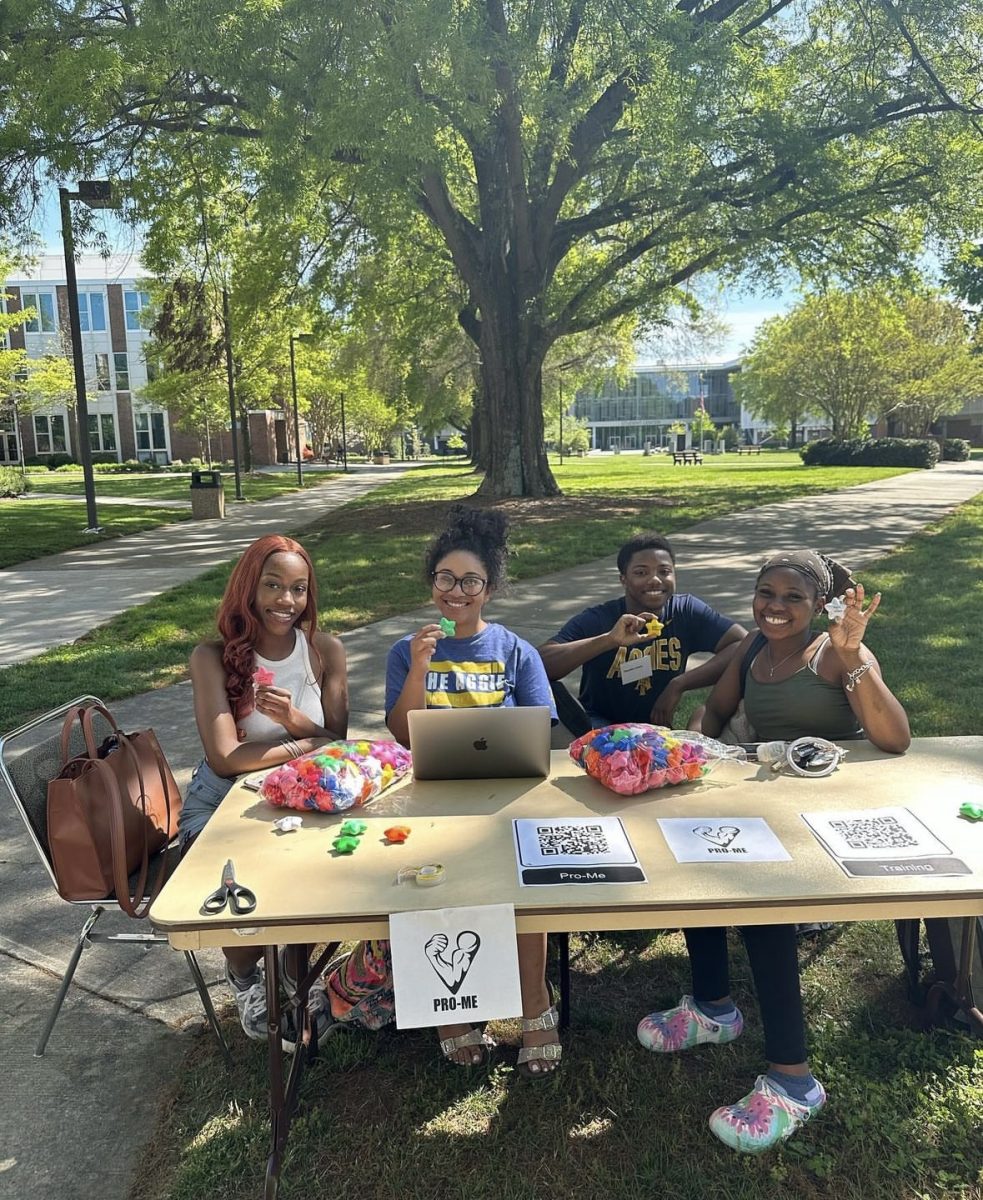On April 12, 2025, LSU mourned the loss of Kyren Lacy, a 24-year-old wide receiver and recent graduate. His death was ruled an apparent suicide following a car crash during a high-speed chase.
In the wake of the tragedy, many social media users flooded comment sections with criticism and judgments about Lacy’s actions and character, often referencing past controversies. However, those who knew and worked with him pointed to a more complex story.
According to interviews with family and friends, Lacy had silently struggled with mental health issues before his death. Several have since come forward to share his story.
Not everything about a public figure can be understood at a glance. With time, more athletes and public figures have become transparent about their struggles, hoping to provide insight and understanding.
While a physical divide exists between athletes and their audiences, the deeper divide is often a difference in lifestyle. This disconnect creates a parasocial relationship that leads some spectators to place undue pressure on athletes, sometimes contributing to mental health challenges.
When asked about their experiences with mental health, athletes at North Carolina A&T shared stories of adversity and resilience.
Freshman offensive lineman Noah Okoye reflected on joining the A&T football team following a low-win season in 2023.
“When I came in, I knew the guys in front of me were better than me — and they lost,” Okoye said. “The only pressure I felt was to get as good as them and get better so the losing doesn’t continue.”
Okoye played both offensive and defensive tackle in high school at Archbishop Carroll in Washington, D.C.
“Mentally, it gave me a drive to work harder than ever consistently,” he said. “But every once in a while, I feel burnt out, and the motivation starts to go away.”
While burnout is often associated with school or work, student-athletes face grueling schedules that leave little time for physical or mental rest.
Sophomore middle-distance runner Jessica Daniel described her experience with burnout and how she copes with it.
“It felt like my emotions were weighing down on me like a heavy blanket,” she said. “I was tired all the time, sleeping a lot, wanted to be alone — kind of in a moment of isolation.”
Daniel has competed in 18 meets this season and recently set a personal record in the 400 meters at the 2025 Aggie Invitational. To manage the emotional toll, she began keeping a video diary.
“Instead of writing it, I just took a video of myself talking about my emotions,” she said. “I would definitely suggest it to other people. Getting your emotions out is a way of releasing everything draining and the negative energy out of your body.”
The demands on student-athletes are high, and setbacks can test their mental resilience.
For sophomore tennis player Tabeth Tadoum, a torn ACL during her first season at A&T became a defining moment. The injury required surgery and nearly a year of rehabilitation.
“The biggest obstacle for me was the mental aspect,” she said. “Physically, I knew it would be tough, but I underestimated how hard it would be to trust my body again.”
Tadoum has made significant progress and is now practicing regularly, with plans to return next season.
“I’ve grown more patient, more grateful and more mentally locked in,” she said. “I know what it took to get here, and I don’t take anything for granted — especially the little wins. I feel stronger, not just physically but mentally as well.”
For athletes around the world who followed Lacy’s story, it was a sobering moment of empathy. For college athletes, many of whom are still learning to navigate life, it underscores how unfair it is to expect them to carry it all without guidance or support.
Even professional athletes have spoken out about the pressure they face, often blamed or vilified for issues beyond their control.
At the end of the day, athletes are still people. They are as extraordinary — and as human — as anyone else. No opinion, entitlement or parasocial expectation can change that.







